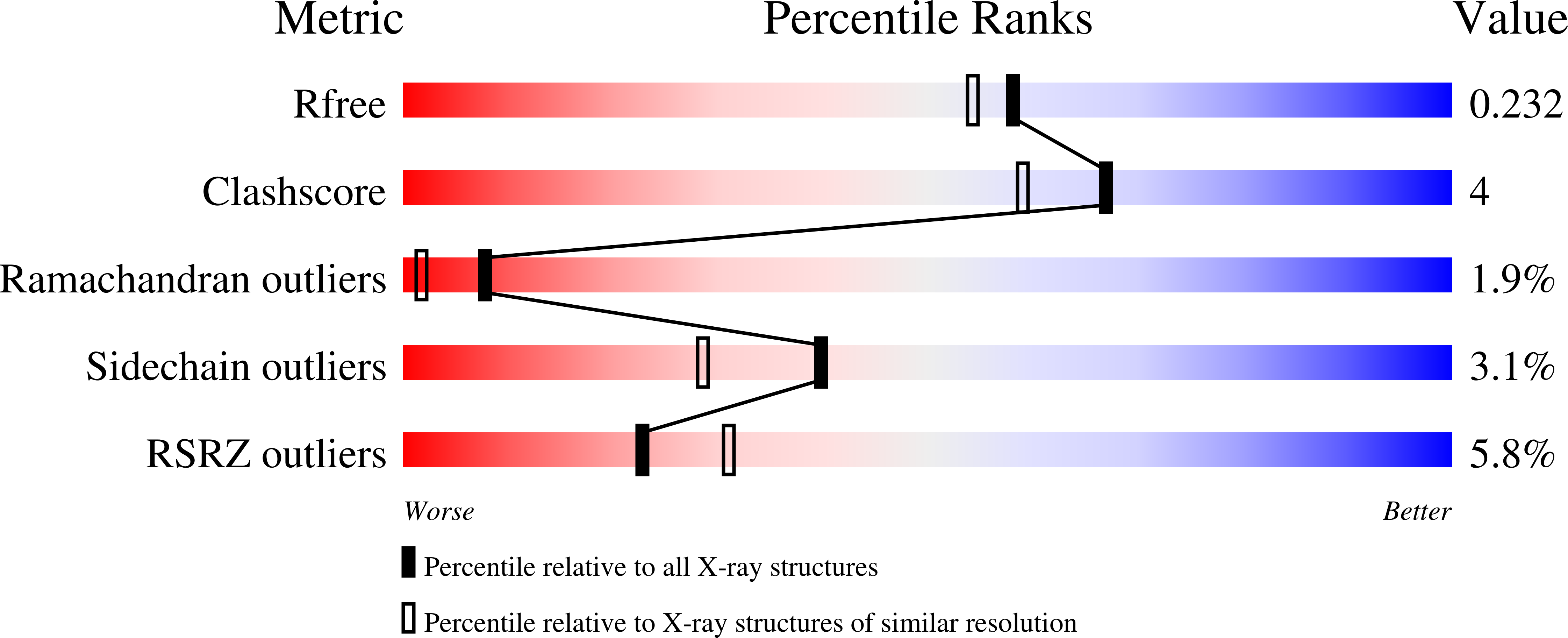
Deposition Date
2021-07-23
Release Date
2022-08-03
Last Version Date
2024-10-30
Entry Detail
PDB ID:
7P8O
Keywords:
Title:
Crystal structure of D-aminoacid transaminase from Haliscomenobacter hydrossis in its intermediate form
Biological Source:
Source Organism:
Haliscomenobacter hydrossis DSM 1100 (Taxon ID: 760192)
Host Organism:
Method Details:
Experimental Method:
Resolution:
1.95 Å
R-Value Free:
0.23
R-Value Work:
0.19
R-Value Observed:
0.19
Space Group:
C 1 2 1


